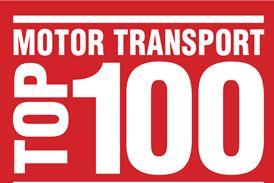Freight in the City Expo draws in the crowds; talks compliance, CLOCS

The inaugural Freight in the City Expo held on 27 October 2015 at London’s Alexandra Palace brought together experts in the field of urban logistics as well as the latest technology to enable sustainable city deliveries.
This article is for registered users only
Please login or create a FREE account to read the full article
Want to read more?
Register now for free to access the full article.
To access our great content on the Motor Transport website and to get a free copy of our weekly Executive Brief newsletter.
Once registered, you’ll get access to:
- In-depth breaking news every working day of the year
- All the best careers advice for you and your business
- Profiles of every winner at the Motor Transport Awards
- The richest set of road transport industry data in the UK
- You may also be eligible for a free print or digital copy of Motor Transport











